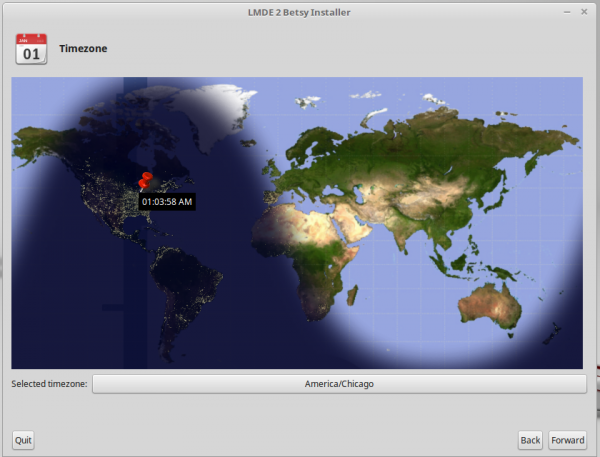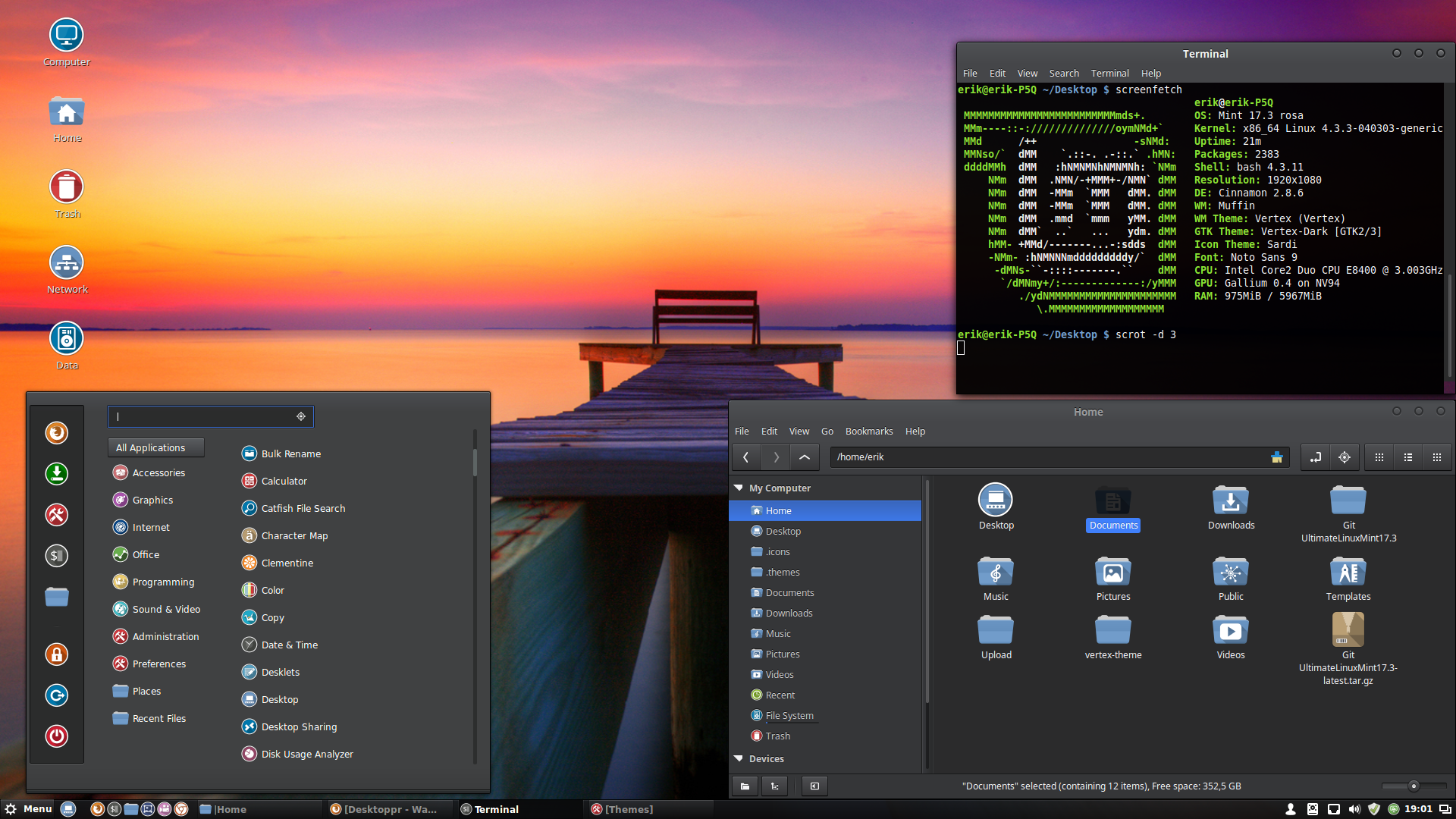

MX-17 changed its base to Debian 9 (Stretch) and brought upgraded artwork, new MX Tools, improved Live operation via antiX and other changes.MX-16.1 collected all bug fixes and improvements since MX-16, added a new kingfisher theme, upgraded and streamlined MX Tools, revised documentation, and added new translations.There were further refinements to MX Tools, the import of advanced antiX developments, expanded support, and a completely new icon/theme/wallpaper collection. MX-16 was still based on Debian Stable "Jessie", but with many applications backported and added from other sources.There was a substantial expansion of MX Tools. The size limitation was lifted, enabling the developers to present a full turnkey product. MX-15 moved to the new Debian Stable "Jessie" using systemd-shim, meaning that systemd is installed but the default init is sysvinit.This series saw the gradual evolution of the MX Tools, a collection of utilities to help users with common tasks that are often complicated and obscure.

The MX-14 versions were intended to fit onto a CD, which limited the number of applications that could be included.

The MX 'name' comes from the M for MEPIS and the X from antiX - an acknowledgment of their roots. The development of MX Linux is a collaborative effort between the antiX and former MEPIS communities.

MX Linux is a Linux distribution based on Debian stable and using core antiX components, with additional software created or packaged by the MX community.


 0 kommentar(er)
0 kommentar(er)
